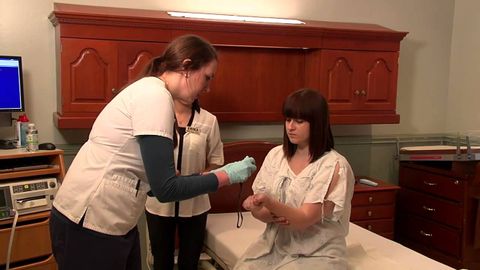
Subtitles & vocabulary
Forensic Sexual Assault Examinations in Emergency Departments
00
Pedroli Li posted on 2016/03/12Save
Video vocabulary
evidence
US /ˈɛvɪdəns/
・
UK /'evɪdəns/
- Uncountable Noun
- Factual proof that helps to establish the truth
- Information presented in court to prove or disprove alleged facts.
- Transitive Verb
- To indicate clearly; to be evidence of.
- To show clearly; prove.
A1TOEIC
More important
US /ɪmˈpɔrtnt/
・
UK /ɪmˈpɔ:tnt/
- Adjective
- Having power or authority
- Having a big effect on (person, the future)
- Uncountable Noun
- A matter of great significance.
A1TOEIC
More victim
US /ˈvɪktɪm/
・
UK /ˈvɪktɪm/
- Noun
- Person/thing affected by an unpleasant event
- Person feeling helpless in times of bad luck
B1TOEIC
More professional
US /prəˈfɛʃənəl/
・
UK /prə'feʃənl/
- Adjective
- Of jobs such as doctor, lawyer, accountant, etc.
- Acting/done properly as a qualified person would
- Noun
- Highly qualified person, e.g. lawyer or doctor
- One who plays a sport or similar activity as a job
A2TOEIC
More Use Energy
Unlock All Vocabulary
Unlock pronunciation, explanations, and filters
